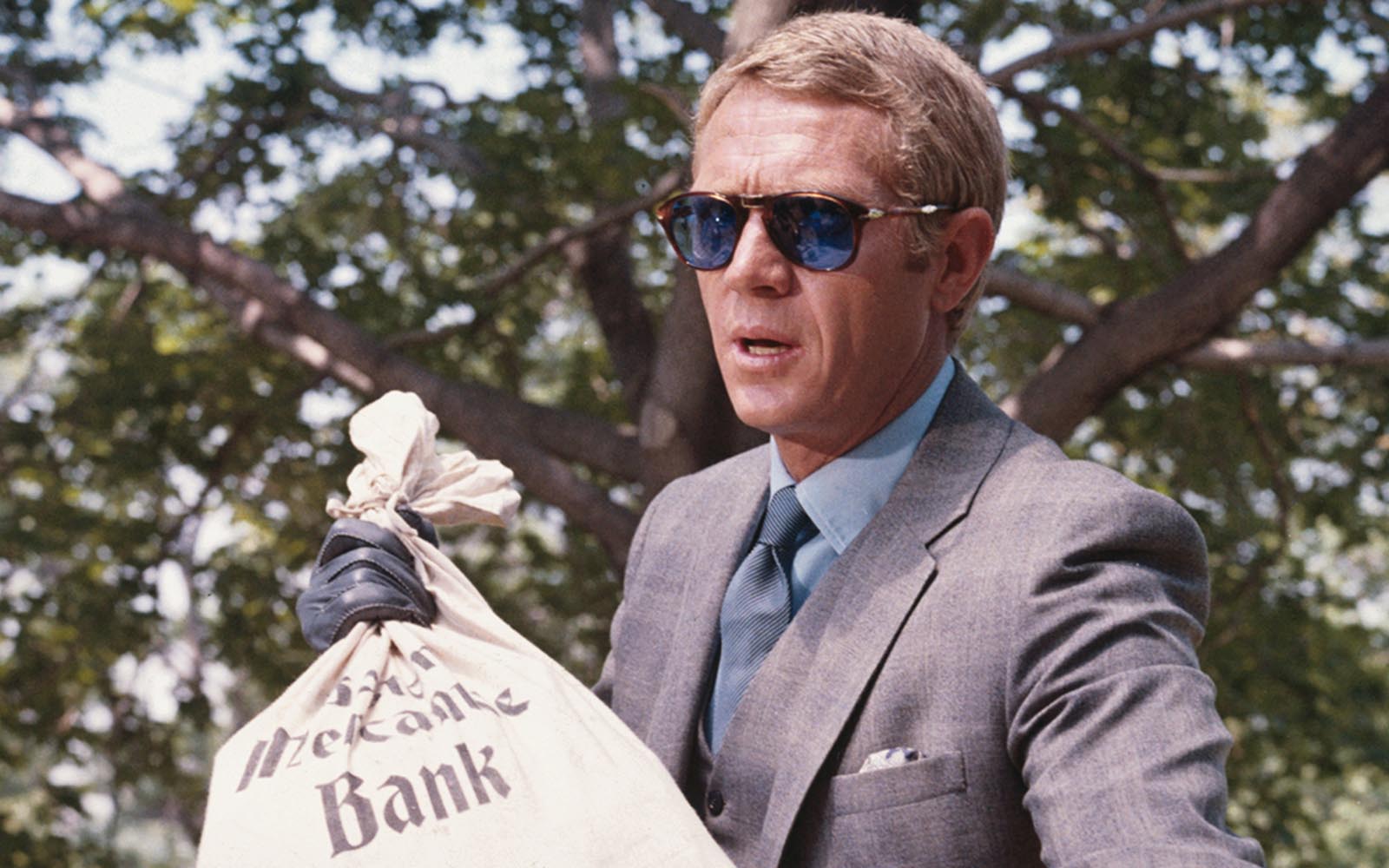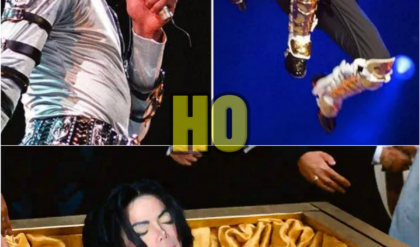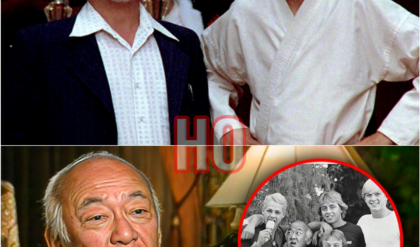JRE: ‘The Death of Steve McQueen As They Never Told You’ | HO
Steve McQueen was a Hollywood legend, known for his love for speed. But his life was more complicated than it seemed. Behind the fame, Steve faced personal battles—troubled relationships, a difficult childhood, and a quest for peace. As he navigated these challenges, his health began to decline, leading to his untimely death in nineteen eighty. What really happened during those final moments? Did the public ever learn the full story? This is the death of Steve McQueen as they never told you.
![]()
Steve McQueen, often dubbed “The King of Cool,” was a Hollywood icon whose life embodied rebellion, thrill, and grit. Known for his love of high-speed cars, motorcycles, and his audacious persona both on and off the screen, McQueen became one of the highest-paid actors of his time, starring in films like Bullitt, The Great Escape, and The Magnificent Seven. But beneath the rugged exterior lay a man grappling with inner demons, a troubled past, and ultimately a terminal illness that would cut his life short. His final days, shrouded in mystery and marked by unexpected spiritual insights, reveal a deeply complex side to a man who seemed invincible to his fans.
Born in 1930 to a broken family, McQueen’s childhood was marked by neglect, instability, and violence. His father abandoned his mother, Julia Ann, before Steve was even born. Growing up, he faced abuse from various stepfathers and was constantly shuffled between family members and boarding facilities. At a young age, McQueen found himself drawn to the streets, joining a gang, and committing petty crimes. His defiance of authority and penchant for rebellion emerged early. Seeking a stable future, he joined the Marines, a decision that would profoundly shape his resilience and discipline. Though initially clashing with authority, McQueen eventually found a semblance of belonging, even saving lives in an Arctic training accident, which earned him respect among his peers.
After leaving the Marines, McQueen dabbled in various jobs, including street racing to fund his acting dreams. The GI Bill allowed him to pursue formal training, and soon he was noticed in New York’s theater scene. In Hollywood, McQueen’s big break came with Wanted Dead or Alive, a TV series that showcased his gritty, charismatic persona. He quickly transitioned to film, starring in The Blob and eventually securing roles in iconic movies that cemented his “cool” factor. Known for performing his stunts, he gained a reputation for his racing prowess and fearless approach. Hollywood couldn’t resist McQueen’s on-screen magnetism, but fame came with a price. His life became a cycle of fast cars, broken relationships, and a search for identity beyond fame.
McQueen’s passion for racing and speed brought with it a high-octane lifestyle—drinking, smoking, and thrill-seeking were regular parts of his routine. But by the late 1970s, he began experiencing symptoms of mesothelioma, a rare cancer often associated with asbestos exposure. McQueen likely encountered asbestos on movie sets, in racing car brake linings, or during his time as a Marine. Mesothelioma is notoriously aggressive, and by the time McQueen sought treatment, his illness was in an advanced stage. Facing the disease’s harsh reality, he pursued unconventional treatments, including vitamin therapy and controversial surgeries in Mexico. Yet, his final battle with cancer would transcend medical challenges, transforming into a spiritual journey that marked a turning point in McQueen’s life.

Despite his rebellious image, McQueen’s final days were marked by a surprising turn to spirituality. Nearing the end, he reached out to renowned evangelist Billy Graham, a request that shocked those close to him. Known for his staunch independence, McQueen’s desire to connect with Graham highlighted a newfound quest for peace. As he waited for a risky surgery that might extend his life, he confided in Graham, sharing his regrets, insecurities, and the transformation he was experiencing through faith. Deeply moved, Graham gave McQueen his personal Bible, which would become a treasured item for the actor. This spiritual connection offered McQueen comfort as he faced his mortality, grounding him in a way fame and fortune never had.
In November 1980, McQueen’s condition took a grave turn. He was scheduled for an operation to remove massive tumors, but the prognosis was bleak. Frail and almost unrecognizable, McQueen prepared for his final moments with a sense of resolve. Those close to him saw a side of McQueen that few had ever witnessed—a man at peace, no longer running from himself or his painful past. On November 7, 1980, Steve McQueen passed away in his sleep at a small clinic in Ciudad Juárez, Mexico. When staff found him, he was holding Graham’s Bible on his chest, as if reaching for the peace it symbolized.
The world mourned the loss of Steve McQueen, and fans grappled with the mystery surrounding his final days. His death, once speculated to be shrouded in Hollywood cover-ups or linked to the lifestyle he led, was ultimately a story of redemption. McQueen’s life was a testament to resilience and transformation, proving that even in our darkest moments, there is an opportunity for change.
Today, Steve McQueen’s legacy endures not only through his films but through the story of a man who found peace in his last moments, teaching fans and loved ones alike that redemption and faith can be found, even in the final act of life.





